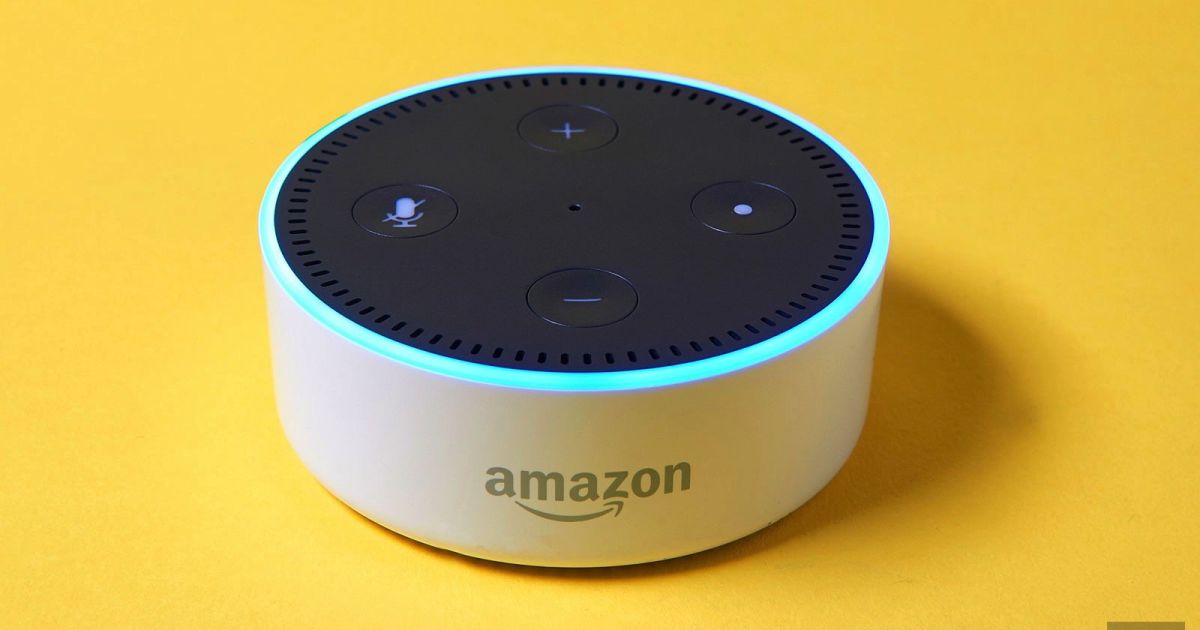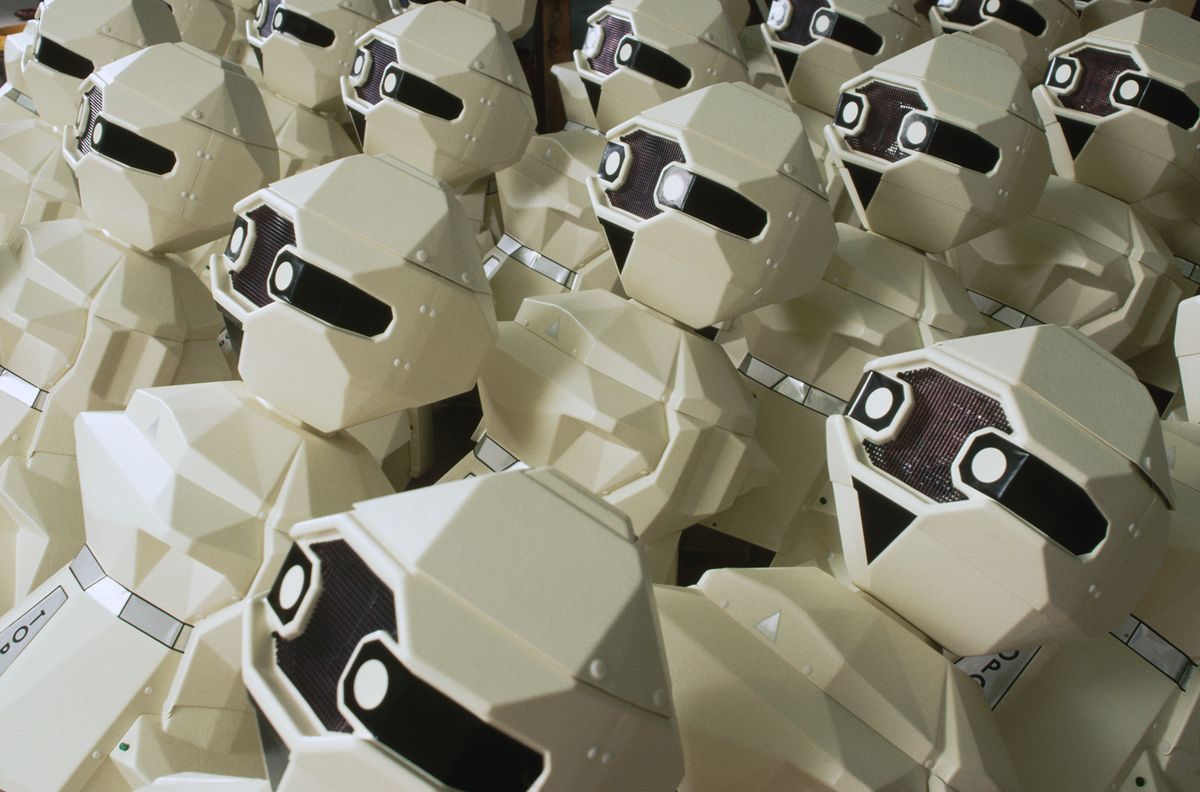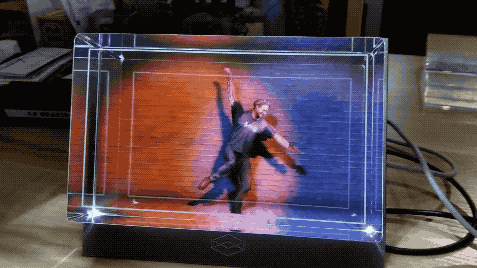Amazon’s Echo lineup, like some smart speakers, uses proximity detection to decide which device is best-suited to responding to your voice commands. It’s a clever way to prevent multiple devices from waking up at the same time. There’s just one problem: support in non-Amazon devices has been inconsistent at best, creating a mess if you have third-party gear that doesn’t use the feature. Thankfully, that shouldn’t be an issue from here on out. Amazon has moved its Echo Spatial Perception technology to the cloud, ensuring that all devices can use it.
The ESP upgrade is automatic and doesn’t require any changes on the part of hardware makers. It’s also more accurate, according to Amazon, and can change over time as Alexa receives upgrades.
This doesn’t change some limitations for multi-device households. Many commands still apply specifically to the device where they’re set, such as reminders and timers. Even so, this could be a crucial update for Amazon. If it’s going to bring Alexa to virtually every device it can, it has to create a harmonious ecosystem.









